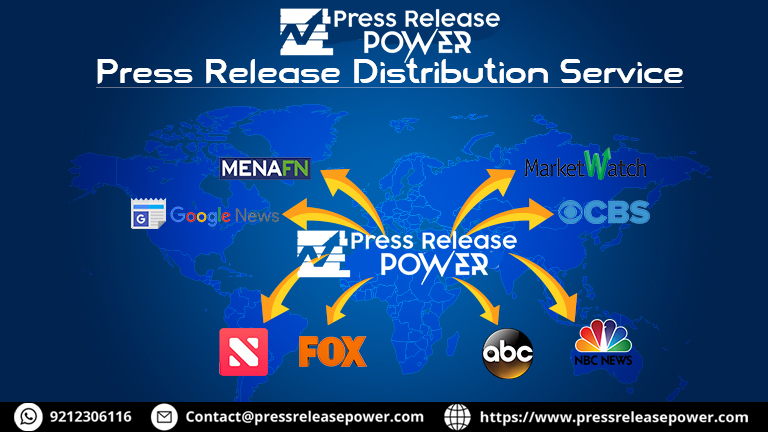Political Economy of Trade Imbalances
Trade imbalances refer to the economic situation where the value of a country's imports exceeds the value of its exports or vice versa. It is an essential aspect of the global economy and has a significant impact on countries' political, social, and economic dynamics. This article will delve into the political economy of trade imbalances, exploring its causes, effects, and potential solutions.
What are Trade Imbalances?
Trade imbalances occur when the value of a country's imports surpasses the value of its exports or vice versa. A trade surplus happens when a country exports more than it imports, while a trade deficit occurs when a country imports more than it exports. These imbalances can have significant implications for a nation's economy and international relations.
Causes of Trade Imbalances
Globalization and Comparative Advantage
Globalization has led to increased interconnectedness among countries, facilitating international trade. Comparative advantage, a concept from classical economics, suggests that countries should specialize in producing goods and services they can produce most efficiently. This specialization often leads to trade imbalances as countries focus on producing and exporting specific goods in which they have a comparative advantage.
Exchange Rates
Exchange rates play a crucial role in trade imbalances. A country with an undervalued currency can export goods at a lower cost, making its products more competitive in international markets. Conversely, a country with an overvalued currency may find its exports relatively expensive, contributing to trade deficits.
Domestic Policies
Domestic policies, such as taxation, subsidies, and regulations, can affect trade imbalances. For example, a country that subsidizes its industries may artificially lower production costs, leading to increased exports and a trade surplus. On the other hand, protectionist measures, such as high tariffs or import restrictions, can limit imports and contribute to trade deficits.
Trade Restrictions
Trade restrictions, including tariffs and quotas, can impact trade imbalances. When countries impose high tariffs on imports, it becomes more expensive for domestic consumers to purchase foreign goods, potentially reducing imports and contributing to trade surpluses. Similarly, quotas limit the quantity of imported goods, influencing trade imbalances.
Effects of Trade Imbalances
Macroeconomic Impact
Trade imbalances can have significant macroeconomic effects. In a trade deficit situation, a country may experience a decrease in its gross domestic product (GDP) due to reduced demand for domestic goods and increased reliance on imports. Conversely, trade surpluses can lead to higher GDP growth.
Employment and Wages
Trade imbalances can impact employment and wages within a country. When a nation experiences a trade deficit, it may lead to job losses in industries facing increased competition from imports. Conversely, trade surpluses can stimulate employment growth in export-oriented industries.
Income Distribution
Trade imbalances can also influence income distribution within a country. In a trade deficit scenario, sectors facing import competition may witness declining wages and job insecurity, potentially exacerbating income inequality. Conversely, trade surpluses can benefit certain industries and regions, leading to income disparities.
Political Considerations
Trade imbalances often become politically contentious. Industries affected by trade imbalances may exert pressure on policymakers to implement protectionist measures, such as tariffs or subsidies. These actions can spark trade disputes between countries and strain diplomatic relations.
Addressing Trade Imbalances
Currency Adjustment
Countries can address trade imbalances through currency adjustment. By allowing their currency to appreciate or depreciate, nations can influence the competitiveness of their exports and imports. Currency manipulation has been a subject of debate, as deliberate devaluations can be seen as unfair trade practices.
Trade Agreements and Tariffs
Trade agreements and tariffs can also be used to tackle trade imbalances. Bilateral or multilateral trade deals can establish fair trade rules, reduce barriers, and promote balanced trade. Tariffs, when strategically applied, can protect domestic industries and restore trade balance.
Domestic Policy Reforms
Implementing domestic policy reforms can help address trade imbalances. This may include improving infrastructure, education, and innovation to enhance competitiveness. Governments can also promote industries with potential for export growth and invest in research and development.
Enhancing Competitiveness
Countries can focus on improving their competitiveness to tackle trade imbalances. This involves investing in technology, research, and development, fostering innovation, and nurturing skilled labor. Enhancing competitiveness can lead to increased exports and a reduced reliance on imports.Trade imbalances are a complex issue with multifaceted implications for economies and societies. They are influenced by factors such as globalization, exchange rates, domestic policies, and trade restrictions. Addressing trade imbalances requires a combination of currency adjustments, trade agreements, domestic policy reforms, and efforts to enhance competitiveness. By understanding the political economy of trade imbalances, countries can strive for more balanced and mutually beneficial trade relationships.





 English (US) ·
English (US) ·